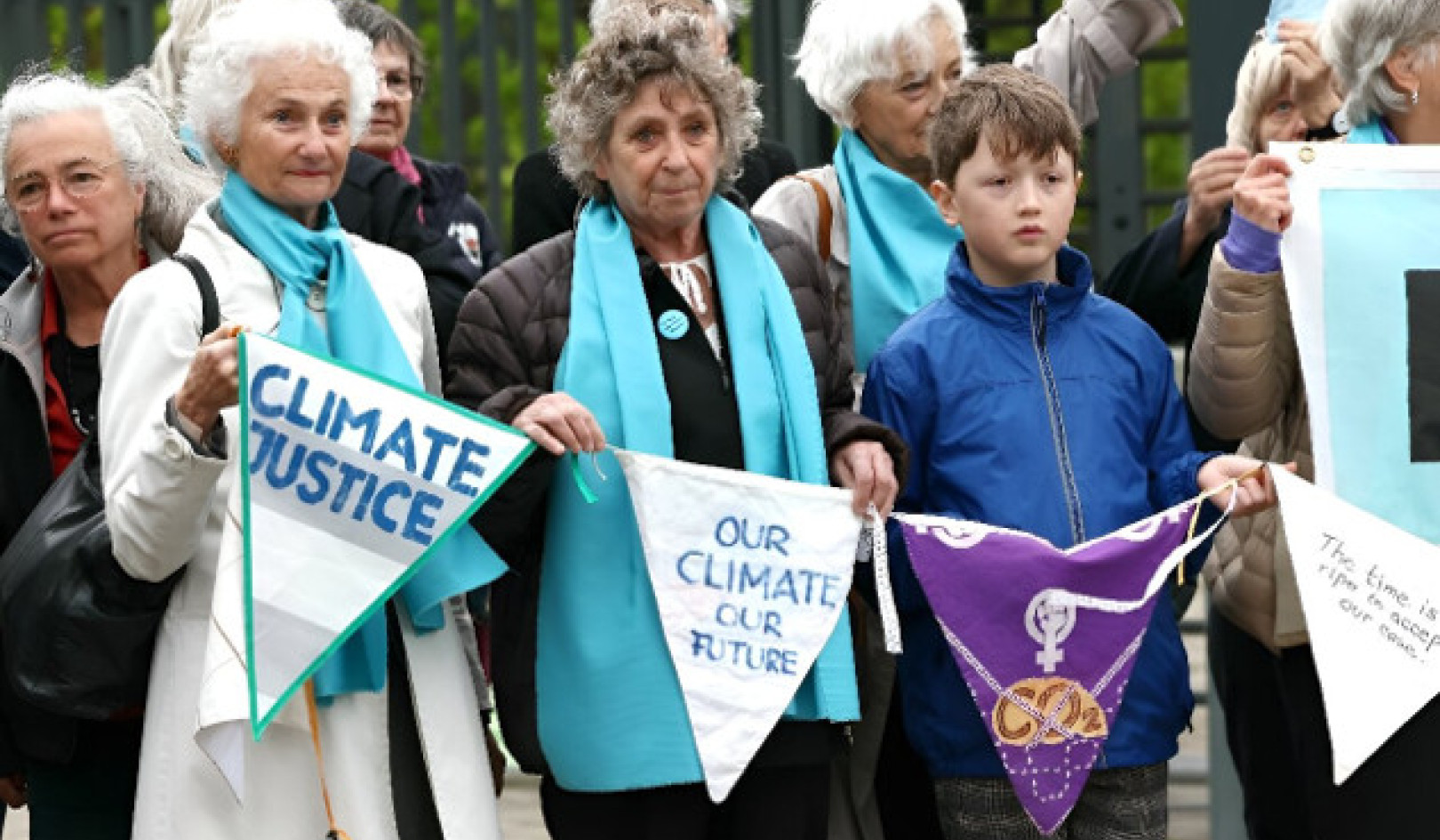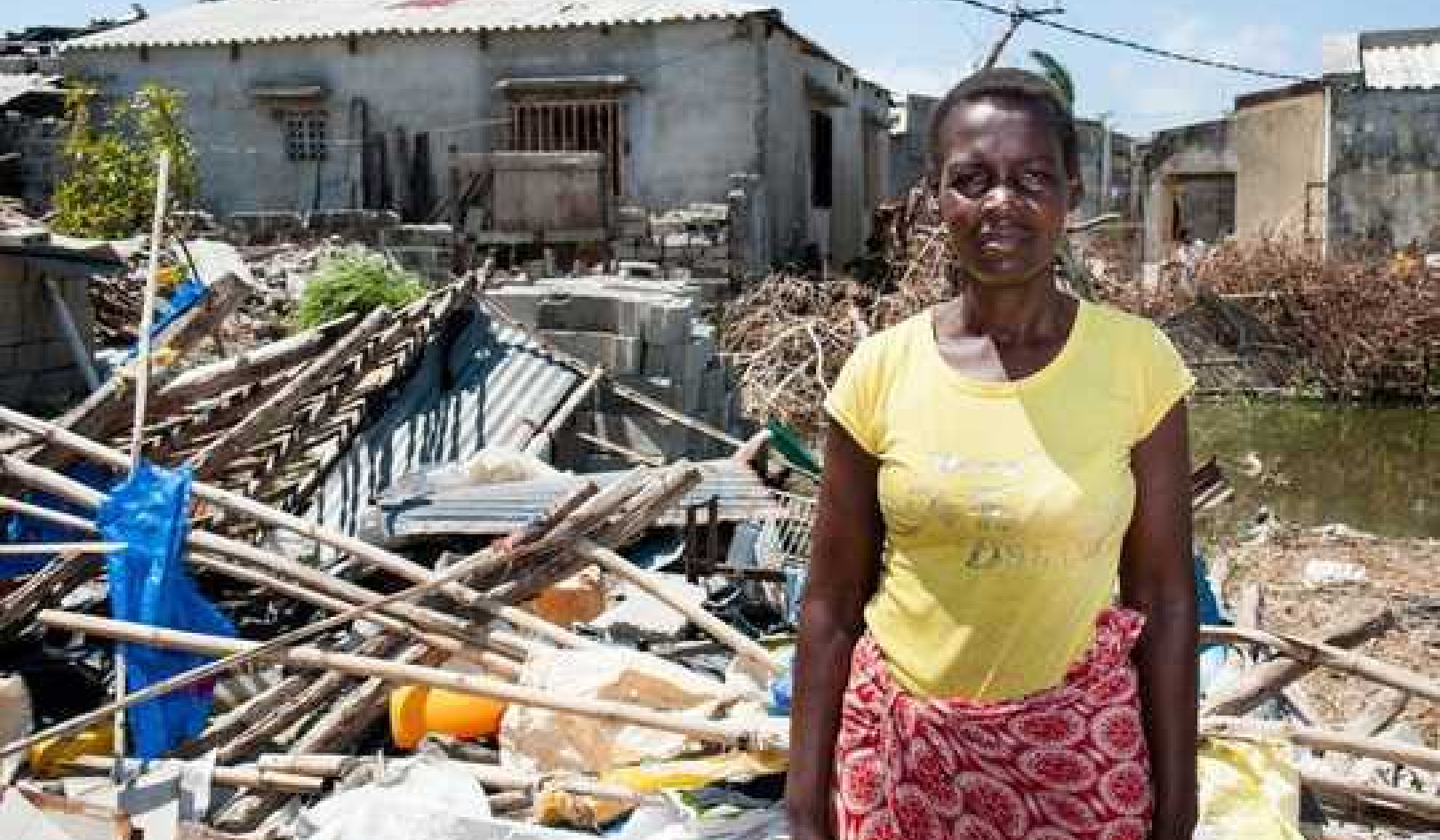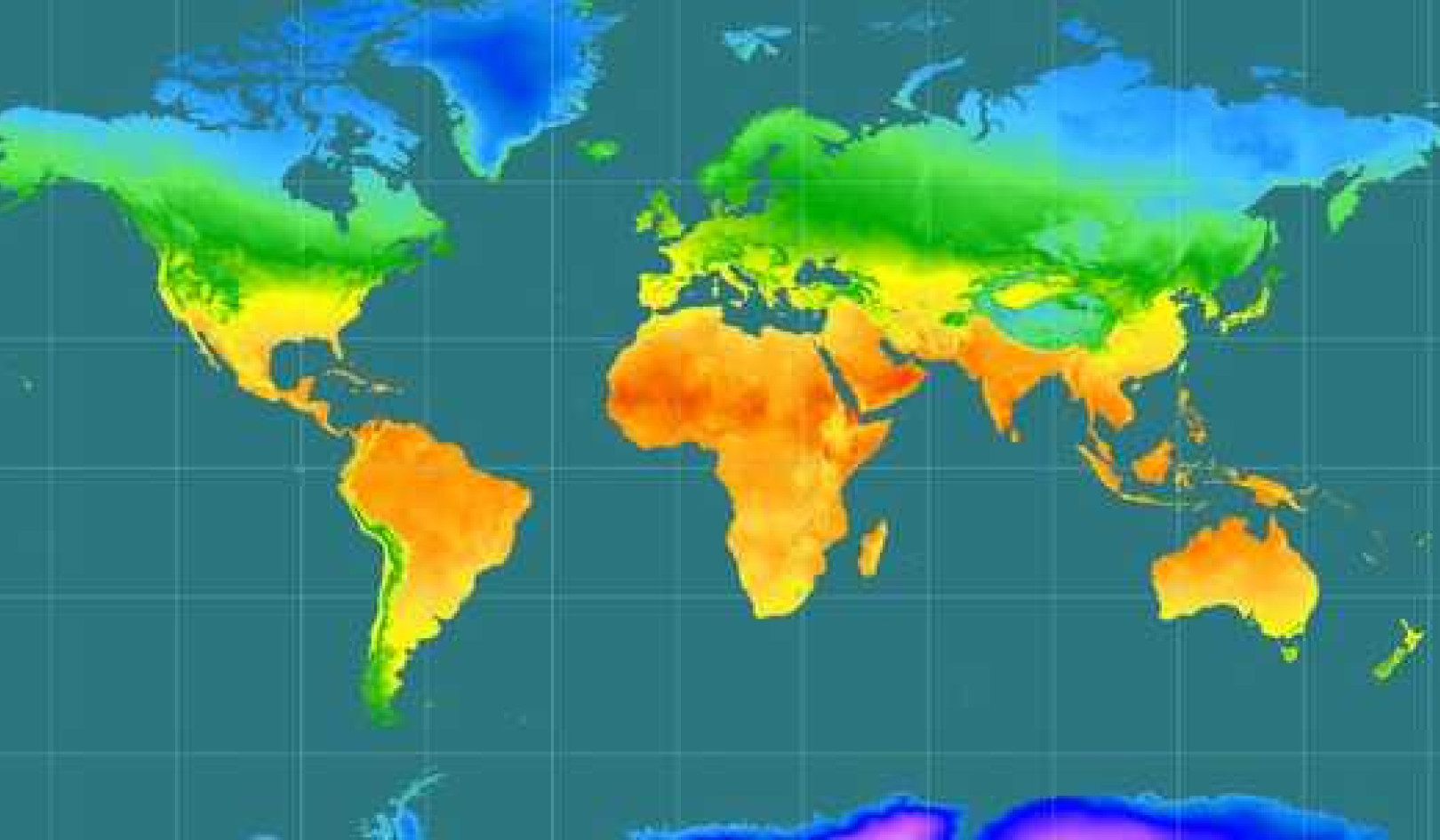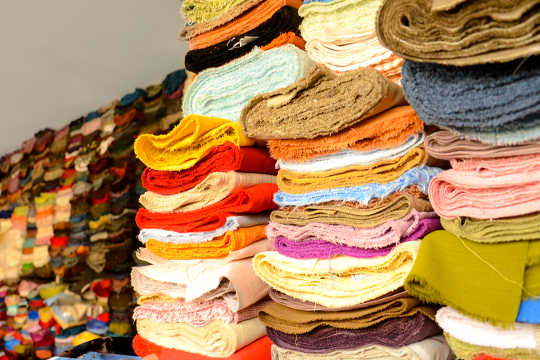
Photo credit: Filipe Garcia, Pardilhó Textile Heaven. Flickr
The overabundance of fast fashion—readily available, inexpensively made clothing—has created an environmental and social justice crisis, the authors of a new paper argue.
“From the growth of water-intensive cotton, to the release of untreated dyes into local water sources, to worker’s low wages and poor working conditions, the environmental and social costs involved in textile manufacturing are widespread,” says coauthor Christine Ekenga, assistant professor at the Brown School at the Washington University in St. Louis.
“This is a massive problem,” Ekenga says. “The disproportionate environmental and social impacts of fast fashion warrant its classification as an issue of global environmental injustice.”
Globally, consumers purchase 80 billion pieces of new clothing each year, which translates to $1.2 trillion annually for the global fashion industry. China and Bangladesh assembles the majority of these products. The United States consumes more clothing and textiles than any other nation in the world.
Approximately 85 percent of the clothing Americans use, nearly 3.8 billion pounds annually, is sent to landfills as solid waste, amounting to nearly 80 pounds per American per year.
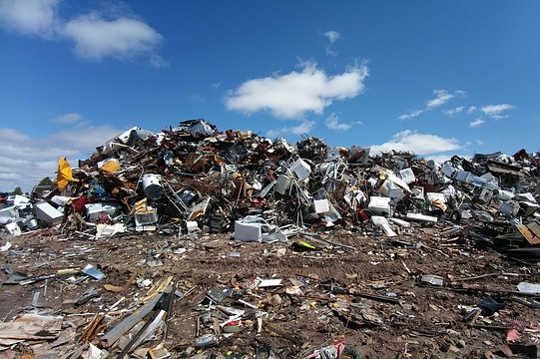 Image by vkingxl on Pixabay
Image by vkingxl on Pixabay
In the paper, Ekenga and her coauthors say that negative consequences at each step of the fast-fashion supply chain have created a global environmental justice dilemma.
“While fast fashion offers consumers an opportunity to buy more clothes for less, those who work in or live near textile manufacturing facilities bear a disproportionate burden of environmental health hazards,” the authors write.
“Furthermore, increased consumption patterns have created millions of tons of textile waste in landfills and unregulated settings. This is particularly applicable to low- and middle-income countries (LMICs) as much of this waste ends up in second-hand clothing markets. These LMICs often lack the supports and resources necessary to develop and enforce environmental and occupational safeguards to protect human health.”
In the paper, the researchers discuss the environmental and occupational hazards during textile production, particularly for those in LMICs, and the issue of textile waste. They also address a number of potential solutions, including sustainable fibers, corporate sustainability, trade policy, and the role of the consumer.
Article Source
The paper appears in the journal Environmental Health
Source: Washington University in St. Louis
Related Books
at InnerSelf Market and Amazon






















